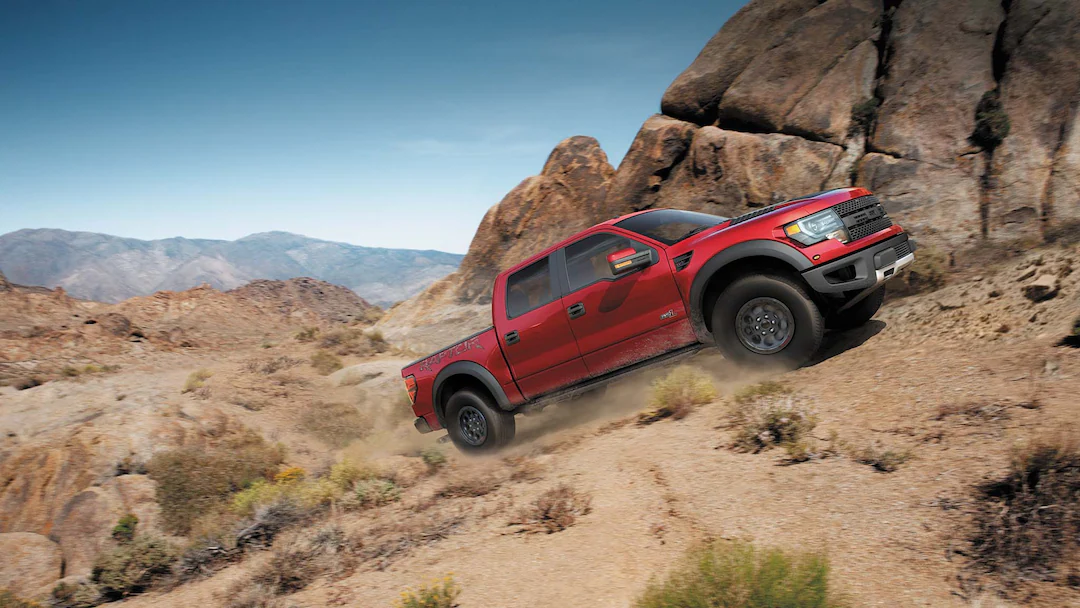Safety Tips for Off-Roading
Emergency Preparedness
As thrilling as off-roading can be, it's important to prepare for emergencies, as unexpected situations can arise on the trails. Being well-prepared can distinguish a minor inconvenience from a serious situation. Here’s a checklist of things to keep in mind for emergency preparedness:
• Create an Emergency Kit: Your kit should include essentials like a flashlight, extra batteries, first aid supplies, non-perishable food, and water. I once found myself stranded for a few hours due to a flat tire, and having snacks and water on hand made the wait much more bearable.
• Inform Others of Your Plans: Before heading out, always let someone know your intended route and expected return time. This way, if something goes wrong, they know where to look for you.
• Carry a Comprehensive Toolset: A well-equipped toolset can help you address minor vehicle malfunctions. Include wrenches, screwdrivers, a multi-tool, and duct tape—trust me, duct tape can solve many problems!
• Know Basic First Aid: Consider taking a basic first aid course. Knowing how to treat minor injuries can be incredibly helpful in remote locations.
• Get Familiar with Your Vehicle: Understanding your 4x4’s features is crucial. Learn how to operate the winch, jacks, and other recovery equipment in case you find yourself in a difficult situation.
Group Off-Roading Etiquette
When exploring off-road trails with friends or fellow enthusiasts, practicing good etiquette is essential for a safe and enjoyable experience. Here are some etiquette guidelines to follow that I’ve learned from my adventures:
• Stay Together: Keep your group intact to avoid anyone getting lost. Use hand signals or radios to communicate during tricky sections of the trail.
• Respect Trail Rules: Abide by local regulations and guidelines—don’t drive off designated paths, and adhere to any posted signage regarding speed limits and trail use.
• Be Courteous to Other Users: Hikers, cyclists, and wildlife may share off-roading trails. When necessary, yield to others and respect their space.
• Help Fellow Off-Roaders: If you see someone struggling, don’t hesitate to offer assistance. I once assisted a fellow enthusiast whose vehicle had become stuck in the mud. It’s these moments that build camaraderie on the trails.
• Leave No Trace: Always pack out what you pack in. Dispose of trash properly, and try to minimize your environmental impact during your off-roading adventures.
By following these safety tips, you can ensure a memorable, respectful, and safe off-roading experience. After all, the joy of off-roading lies not just in the adventure itself, but in the stories, friendships, and memories you'll create along the way!




